Quantam Physics
Blog post description.
3/18/20254 min read
Heisenberg 's uncertainty principle is a fundamental concept in quantum mechanics that describes the inherent limitations in measuring certain pairs of physical properties, such as a particle’s position and momentum, simultaneously. Introduced by Werner Heisenberg in 1927, the principle fundamentally challenges classical physics, where it was assumed that such properties could be known exactly at the same time. The uncertainty principle asserts that the more precisely the position of a particle is determined, the less precisely its momentum can be known, and vice versa. This reflects the probabilistic nature of quantum systems, where particles don't have definite, simultaneous values for position and momentum.
This principle has profound implications for the behavior of subatomic particles. It suggests that the very act of measurement disturbs the system being observed. In classical mechanics, we can predict with certainty the behavior of objects, but quantum mechanics introduces an element of unpredictability due to this uncertainty. The principle is not due to technological limitations in measurement, but rather a fundamental property of nature at the quantum level. This concept led to a deeper understanding of the quantum world and is essential in explaining phenomena such as wave-particle duality, quantum tunneling, and the behavior of electrons in atoms. The uncertainty principle also plays a crucial role in modern quantum technologies and theoretical physics. It sets fundamental limits on precision measurements, influencing the design of devices such as electron microscopes and quantum sensors. Additionally, it has significant implications in quantum computing, where the probabilistic nature of quantum states is harnessed for computational power. In cosmology, the principle is linked to the origin of quantum fluctuations in the early universe, which later led to the formation of galaxies. By redefining the limits of measurement and determinism, Heisenberg’s uncertainty principle continues to shape our understanding of reality, highlighting the intricate and non-intuitive nature of the quantum world.
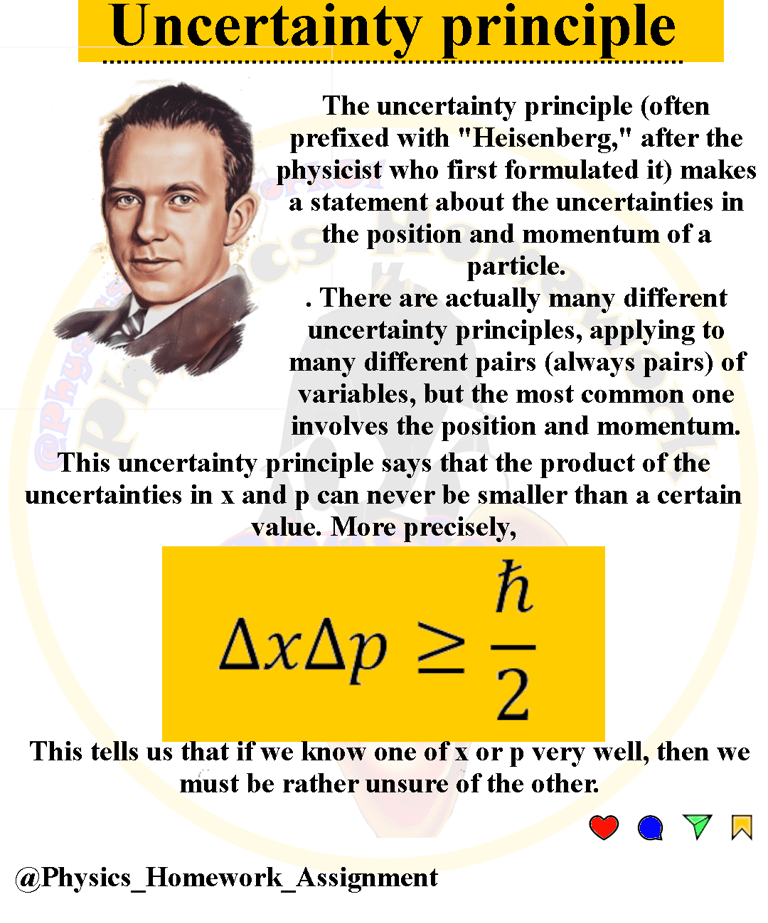



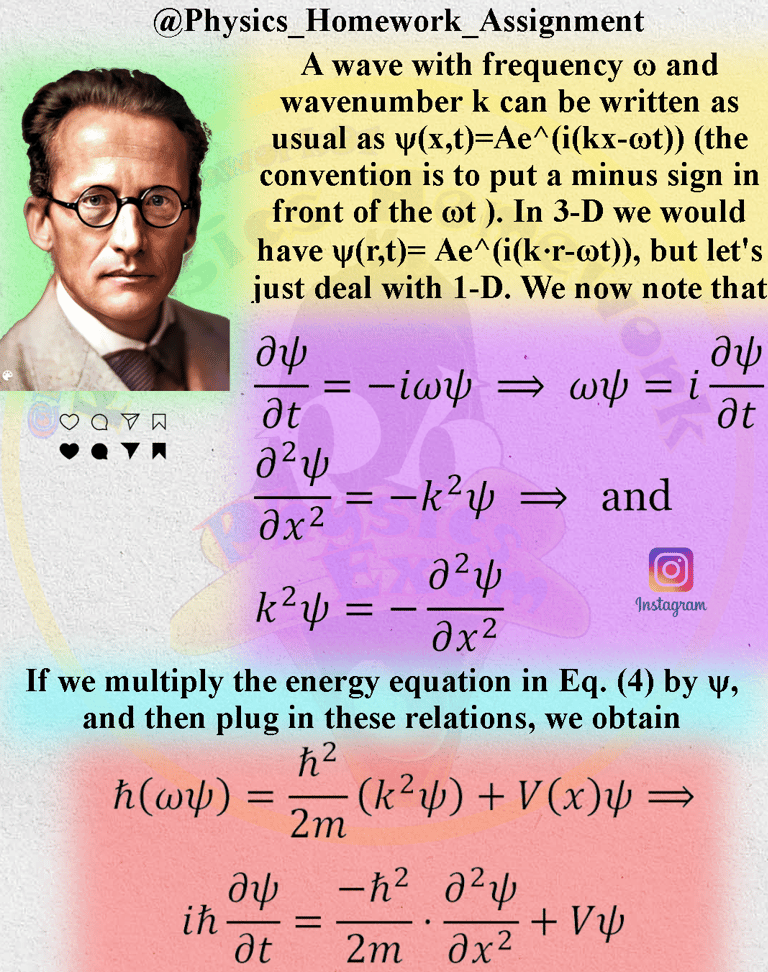

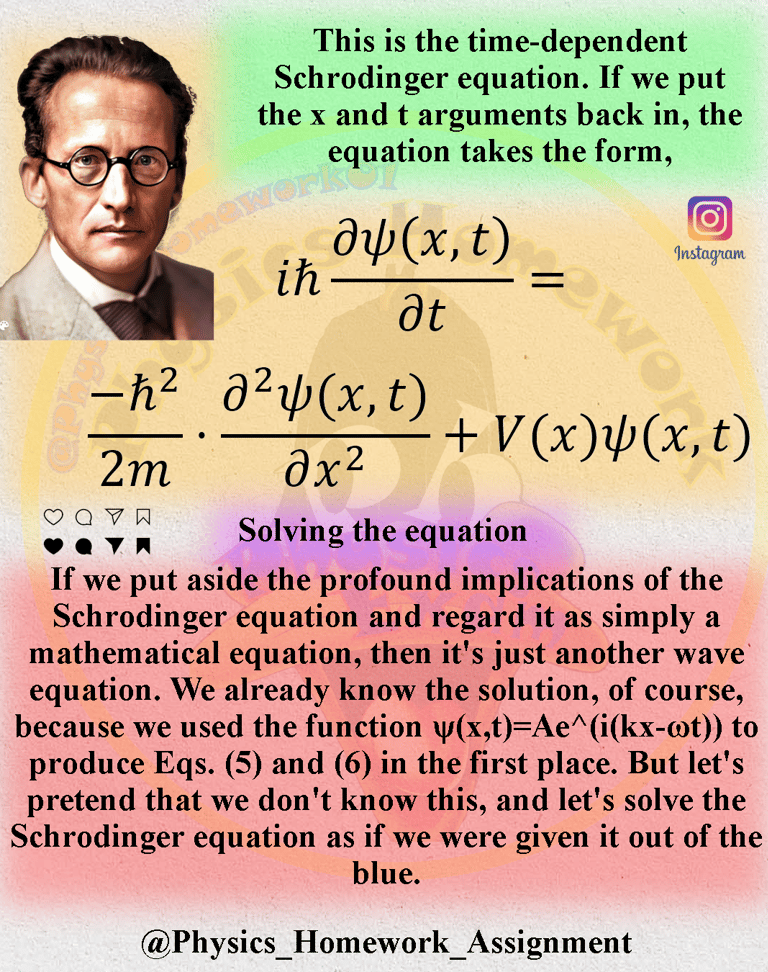



The schrödinger equation is a foundational equation in quantum mechanics that describes how the quantum state of a physical system changes over time. Developed by Austrian physicist Erwin Schrödinger in 1926, it revolutionized our understanding of the behavior of particles at the atomic and subatomic levels. In classical mechanics, the motion of objects is determined by Newton's laws, but in the quantum realm, particles like electrons behave in ways that are probabilistic rather than deterministic. The Schrödinger equation provides a way to predict the probability of finding a particle in a particular state or position, describing these probabilities through a mathematical function called the wave function. The wave function gives a complete description of the system’s quantum state, encapsulating all possible outcomes of measurements like position, momentum, and energy.
One of the key insights from the Schrödinger equation is that particles exhibit both particle-like and wave-like behavior, a concept known as wave-particle duality. Instead of following well-defined paths, particles exist in a "superposition" of states until measured, meaning they can exist in multiple places or states at once. The Schrödinger equation allows physicists to calculate the probability distributions of particles in different states, which has profound implications for fields like quantum computing, chemistry, and condensed matter physics. It also introduced the idea that particles can "tunnel" through barriers, a phenomenon that classical physics cannot explain, and which is essential for technologies such as transistors and quantum cryptography.
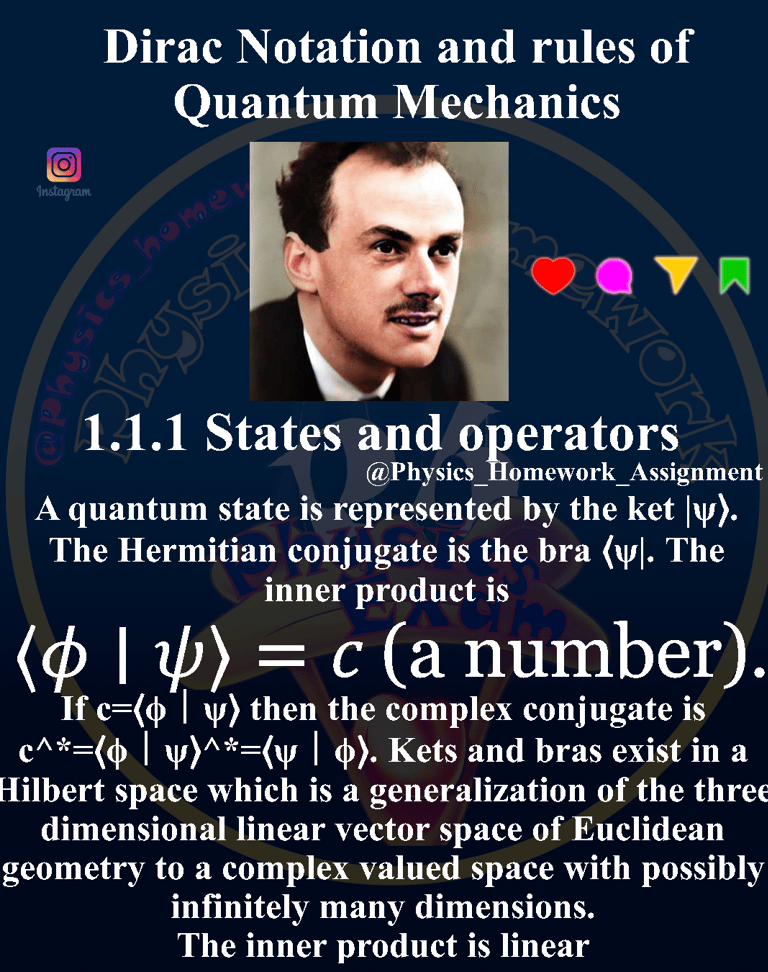

In quantum mechanics, Dirac notation, also known as bra-ket notation, is a convenient mathematical framework developed by Paul Dirac to represent quantum states and operators. In this notation, quantum states are expressed using "kets," represented as |ψ⟩, which symbolize a state vector in a complex vector space. The dual vector, or conjugate transpose of a ket, is a "bra," denoted as ⟨ψ|. When a bra and ket are paired, they form an inner product (⟨ψ|ψ⟩), representing the probability amplitude between two states, a central concept in quantum mechanics. This notation simplifies calculations in quantum mechanics, providing a more intuitive way to represent and manipulate quantum states, particularly when dealing with complex interactions and measurements.
Operators in quantum mechanics are mathematical objects that act on quantum states to represent physical quantities, like position, momentum, and energy. In Dirac notation, an operator is denoted by a capital letter, such as, and acts on a state vector, producing a new state vector. For example, when an operatoracts on a ket |ψ⟩, it transforms it into another state, denoted as∣ψ⟩. Some operators are observable, meaning they correspond to measurable quantities with real eigenvalues, while others may not represent direct physical observables. Key operators like the Hamiltonian govern the evolution of quantum states over time, playing a central role in understanding energy and dynamics in quantum systems.
The rules of quantum mechanics outline several core principles, such as the superposition of states, commutation relations, and the probabilistic nature of measurement outcomes. Quantum states can exist as linear combinations of other states, forming superpositions that allow particles to exhibit multiple
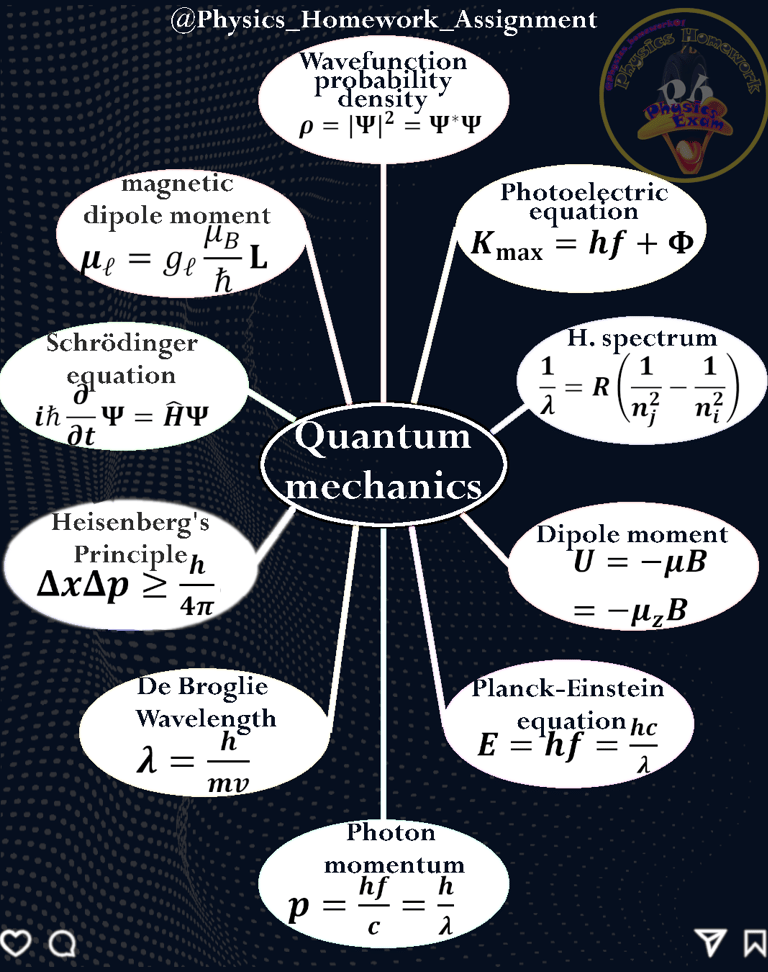

The wavefunction probability density describes the likelihood of finding a particle in a particular location, based on the wavefunction's amplitude squared. The photoelectric equation relates the maximum kinetic energy of emitted electrons to the frequency of light and the material's work function, explaining how photons can free electrons from a material's surface.
The hydrogen spectrum formula predicts the wavelength of emitted light when an electron moves between energy levels, giving rise to discrete spectral lines. The dipole moment potential indicates the energy associated with a magnetic dipole in an external magnetic field, showing the alignment's influence on energy.
Solutions
Expert assistance for your physics lab assignments.
Support
Help
© 2025. All rights reserved.
